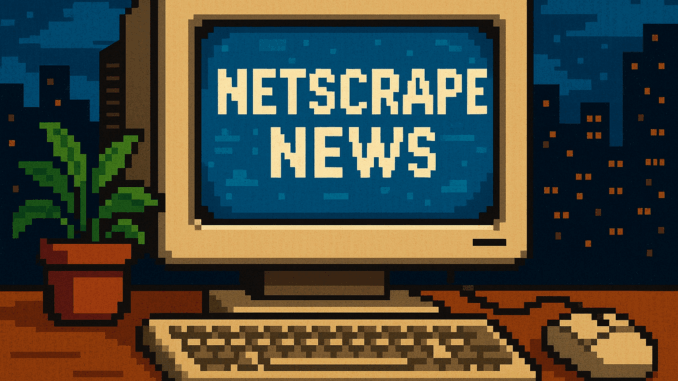
AI Job Cuts Hit Corporate Giants as Workforce Disruption Arrives
The first wave of AI job cuts has moved beyond theoretical warnings into concrete workforce restructuring. Major tech companies are now explicitly trading human roles for algorithmic efficiency, marking a pivotal moment that echoes the dot-com consolidation many Gen-X professionals navigated two decades ago.
Microsoft Confirms AI Job Cuts with 9,000-Role Restructuring
Microsoft’s announcement of 9,000 job cuts explicitly allocates resources to AI infrastructure development, providing a tangible case study in enterprise adaptation to technological shifts. This mirrors early 2000s IT consolidation, but with AI investments replacing traditional outsourcing strategies. For Gen-X professionals who navigated the shift from client-server to cloud models, the pattern feels familiar yet accelerated.
Mid-career tech workers must urgently identify transferable skills, combining legacy system expertise with AI literacy. Leaders should develop transparent transition playbooks, avoiding the abrupt layoff culture that damaged morale during the browser wars era.
The broader trend suggests enterprise software firms will follow similar restructuring paths through 2026. This creates demand for “translator” roles bridging institutional knowledge and AI-native skills.
CEOs Revolt Against EU AI Act Timeline
Major European tech CEOs are demanding delayed enforcement of the EU AI Act, arguing the 2024 compliance deadline for high-risk systems is unrealistic for complex AI systems. This regulatory friction echoes 1990s browser wars, when Netscape and Microsoft clashed with authorities over market dominance and technical standards.
Gen-X executives recognise this pattern where disruptive technology consistently outpaces governance frameworks. Compliance teams must prepare for flexible implementation timelines while advocating for testable accountability standards. Leaders should document AI development processes now, anticipating “explainability” requirements mirroring Ofcom’s recent social media rules.
Brussels’ response by mid-July will set precedent for global AI governance. The critical question remains whether regulators prioritise innovation or risk mitigation.
NHS ‘Monzo of Hospitals’ Plan Bets on AI-Driven Healthcare
An NHS proposal (as reported by TechUK) advocates creating tech-first “hospital platforms” using AI triage, real-time edge computing, and Monzo-style user interfaces. The plan aims to replace centralised bureaucracy with responsive digital services, channelling Gen-X’s experience with early fintech disruption into healthcare’s legacy systems.
This “just-in-time healthcare” concept recalls 1990s efficiency drives, but with AI enabling previously impossible personalisation. Health tech professionals should evaluate modular service architectures and ethical AI training datasets. The plan prioritises interoperability, a challenge familiar from EDI (Electronic Data Interchange) integration projects, now requiring API (Application Programming Interface)-first designs for patient data flows.
Parliamentary debate expected in August will determine whether this can replicate fintech’s user-centric design while avoiding dot-com era overpromises.
From the Wayback Machine
On This Day: 24 January 1984 – Apple launched the Macintosh 128K, introducing GUI computing to mainstream users with its revolutionary mouse-driven interface. The £1,995 machine (equivalent to £7,000 today) promised to make computers accessible to non-technical users, much like today’s AI promises to democratise complex data analysis and automation tasks.
What This Means
Today’s AI transition mirrors the personal computing revolution’s workforce disruption patterns, but compressed into months rather than years. Corporate leaders are making strategic bets on automation efficiency whilst regulatory frameworks struggle to keep pace. The NHS proposal suggests public sector innovation could leapfrog private healthcare, echoing how government adoption of early internet protocols accelerated commercial development.
The Macintosh taught us that revolutionary interfaces eventually become invisible – perhaps AI’s current complexity will similarly fade into seamless utility.

Leave a Reply